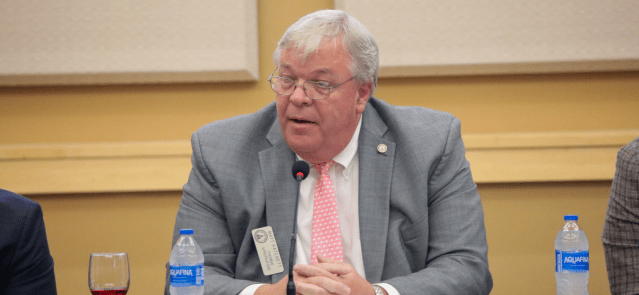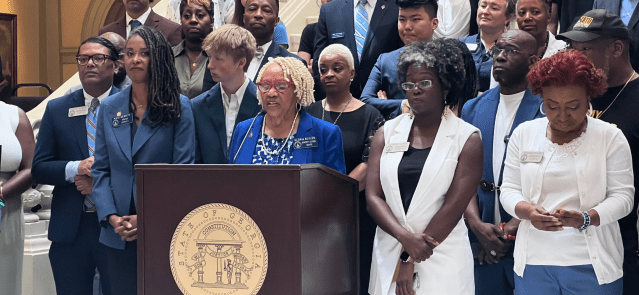Stay ahead of the curve as a political insider with deep policy analysis, daily briefings and policy-shaping tools.
Request a DemoWhat will happen with the Certificate of Need law? Ask 10 people, get 8 different answers
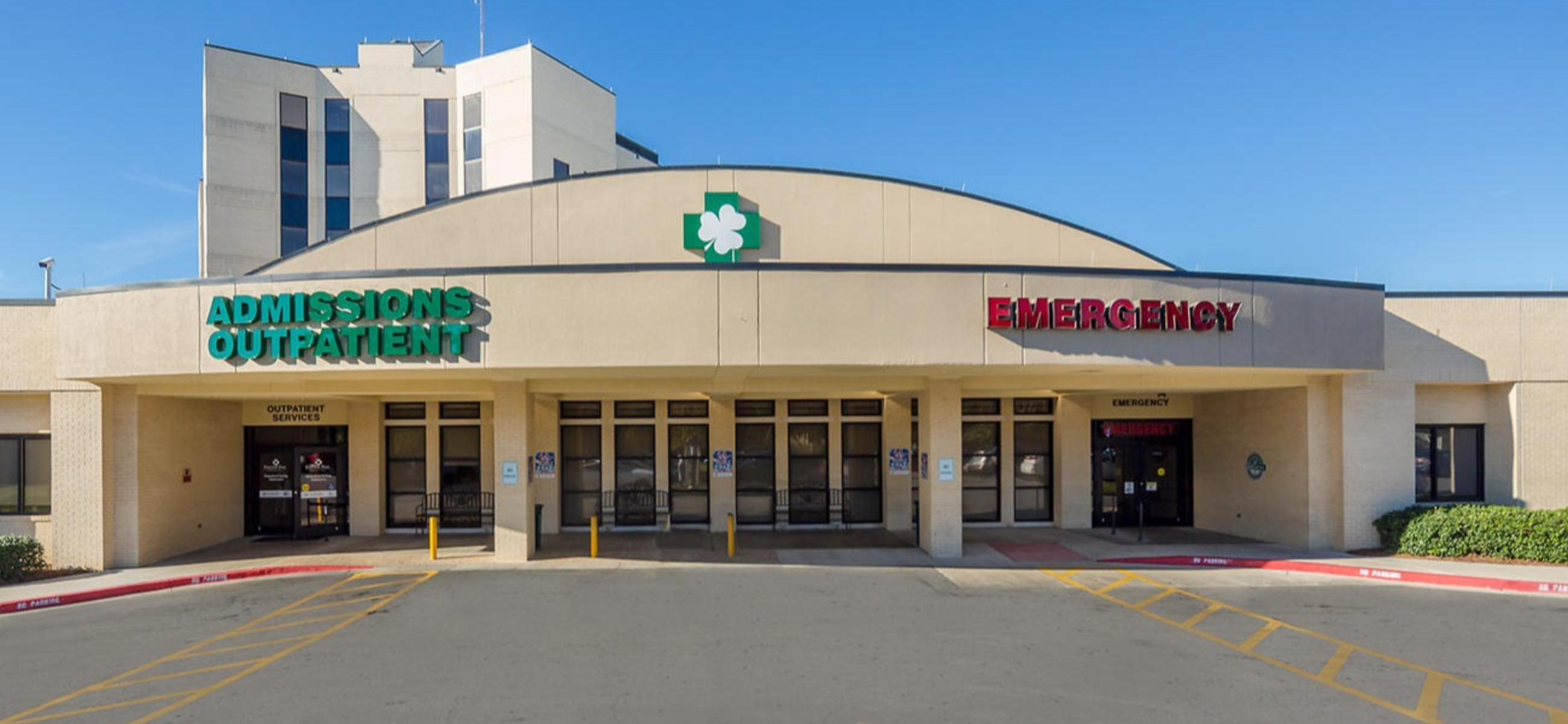
Fairview Park Hospital in Dublin, Georgia. (Credit: Fairview Park Hospital)
Editor’s note: This is the third in a series of stories looking at the lack of health care in areas of rural Georgia and how providers and lawmakers are dealing with the issue.

The question at the heart of one of Georgia’s most contentious public policy debates is this: Overhaul or ditch Georgia’s regulatory system that determines if new hospitals or other medical facilities are needed?
The state’s Certificate of Need law (CON) was created 44 years ago as a way to control health care costs and cut down on duplication of services and unnecessary expansions. It determines when, where and if hospitals need to be built.
In recent years, however, the regulatory law has proved controversial. Georgia lawmakers are now trying to decide whether to keep it, tweak it or do away with it entirely.
What’s Happening
Georgia’s CON law requires anyone wanting to build a new hospital or provide new medical services to prove to the state Department of Community Health that the facility or services are needed in that community.
CON has been particularly tough for those living in rural Georgia where millions of people live in medical deserts. A sudden, severe illness or even routine checkups can mean traveling hours and miles to a hospital, depending on where you live.
“Certificate of Need has been harmful for Georgia. There are fewer medical services than there would be otherwise,” Thomas Stratmann, an economics professor at George Mason University, told State Affairs. “In particular, there are fewer hospital beds, both in rural areas and urban areas, and also few ambulatory surgery centers in rural and urban areas.”
Stratmann has studied for over a decade the impact of CON on numerous states, including Georgia. He was one of several public policy and health care experts who spoke earlier this month at the Capitol for the first hearing of the Georgia Senate Study Committee on Certificate of Need Reform. Other hearings will be held throughout the summer throughout the state.
While experts spoke overwhelmingly at the hearing for ending CON laws in Georgia, there are those who say it works.
“It has quality control rules and regulations,” Monty Veazey, president and CEO of the Georgia Alliance of Community Hospitals, told State Affairs. “It protects a rural hospital from an ambulatory surgery center coming in and building next to it and drawing the paying patient out of the hospital into that ambulatory environment. That just kills a rural hospital.”
Jaimie Cavanaugh of the Institute for Justice disagrees.
She cited studies that show states with CON laws have 30% fewer rural hospitals per capita and 14% fewer rural ambulatory surgical centers per capita.
“Residents in CON states have to drive longer distances to access health care and face longer wait times in emergency departments,” Cavanaugh told the Senate study committee. “CON laws reduce access to care and suppressing the supply of healthcare harms patients and is bad for the economy.”
A complex history
CON has had a contentious existence almost from the time the Georgia General Assembly passed the law in 1979. Congress repealed the federal CON law in 1984, realizing it wasn’t working in the ever-changing health care landscape where new types of medical advances and facilities were continuously emerging.
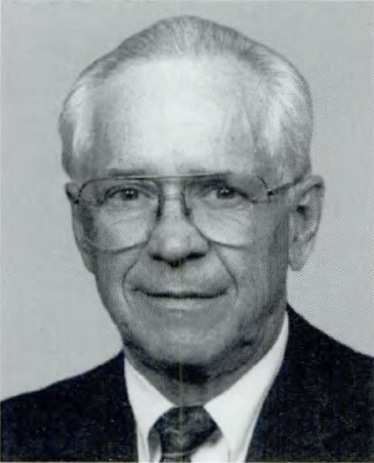
In 1988, then-U.S. Rep Roy Rowland, a Democrat and family practice doctor in Dublin, Georgia, told his congressional colleagues of the “harmful impact” of CON on a rural hospital in his east Georgia district. While the federal version had ended, Rowland was determined to end the state-level CON laws.
The Georgia Public Policy Foundation recounted Rowland’s story in its “Economic Report on Georgia’s Certificate of Need Program.”
At that time, Putnam General Hospital in Eatonton wanted to renovate its 20-year-old building. It would be financed by a 1-cent sales tax approved by the community. Under Georgia’s CON law, the proposed renovation needed approval from the state’s health planning agency. The state said it would deny it — unless the hospital eliminated 10 beds. The agency felt the hospital had too many beds for the area, even though the hospital wasn’t planning to add beds.
Eliminating the beds wouldn’t save money, Rowland said, but it would cut the number of licensed practical nurses being trained at the hospital. It would also cost the hospital money if it sought to regain those beds back through the CON program in the future.
“At first glance [CON] may have looked pretty good; however, the effect of [CON] on health care costs has been dubious, at best. And the program has certainly been insensitive in many instances to the true needs of our communities,” Rowland said.
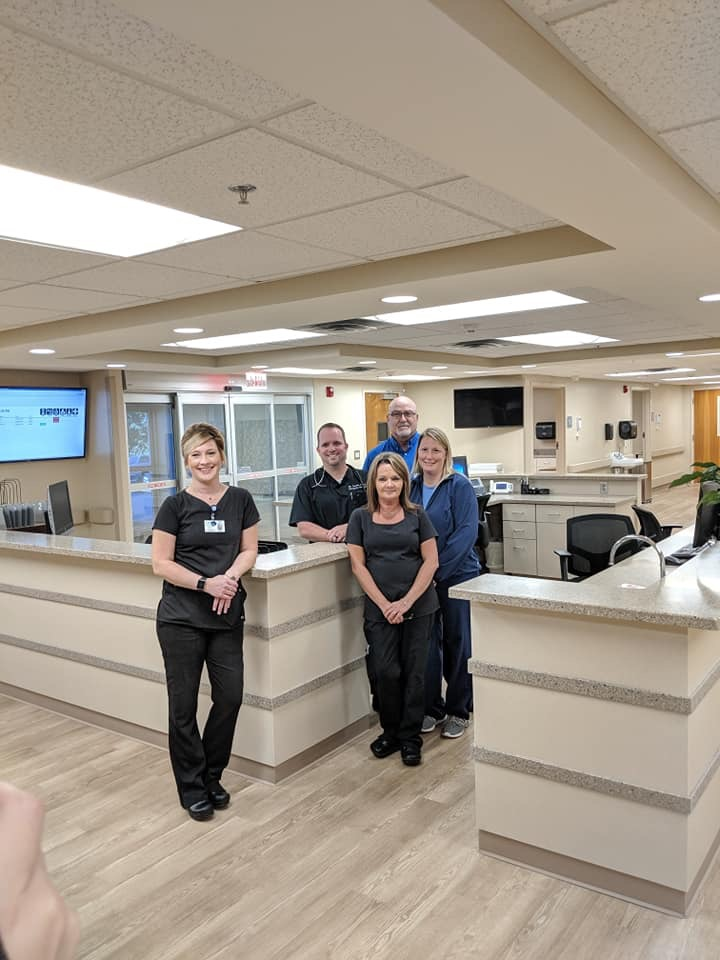
By 1990, 11 states no longer had CON laws. South Carolina lawmakers overhauled their CON law this year (it sunsets in 2025), except for long-term care facilities.
As of January of this year, 35 states and Washington, D.C., have CON programs that vary by state, according to the National Conference of State Legislatures.
Efforts to tweak or abolish the CON law in Georgia failed during the recent legislative session. Senate Republicans introduced two bills.
Senate Bill 99 would have exempted most rural hospitals from the CON law. It passed in the Senate but died in the House. Senate Bill 162 called for eliminating the law except for long-term care facilities. It never reached the Senate floor for a vote.
Now, the job of deciding CON’s fate lies with the Senate Study Committee on CON Reform and the House Study Committee on Certificate of Need Modernization. The House committee is set to meet July 13 at the Capitol. Both committees include a mix of lawmakers, physicians, insurance industry executives, medical school officials and top executives at the state’s top hospital chains.
Why It Matters
It may help to understand what’s going on in other parts of the country, especially when it comes to rural healthcare.
Eight rural hospitals have closed in Georgia over the last decade. Another 19, or 28%, are at risk of closing, according to the Center for Healthcare Quality and Payment Reform.
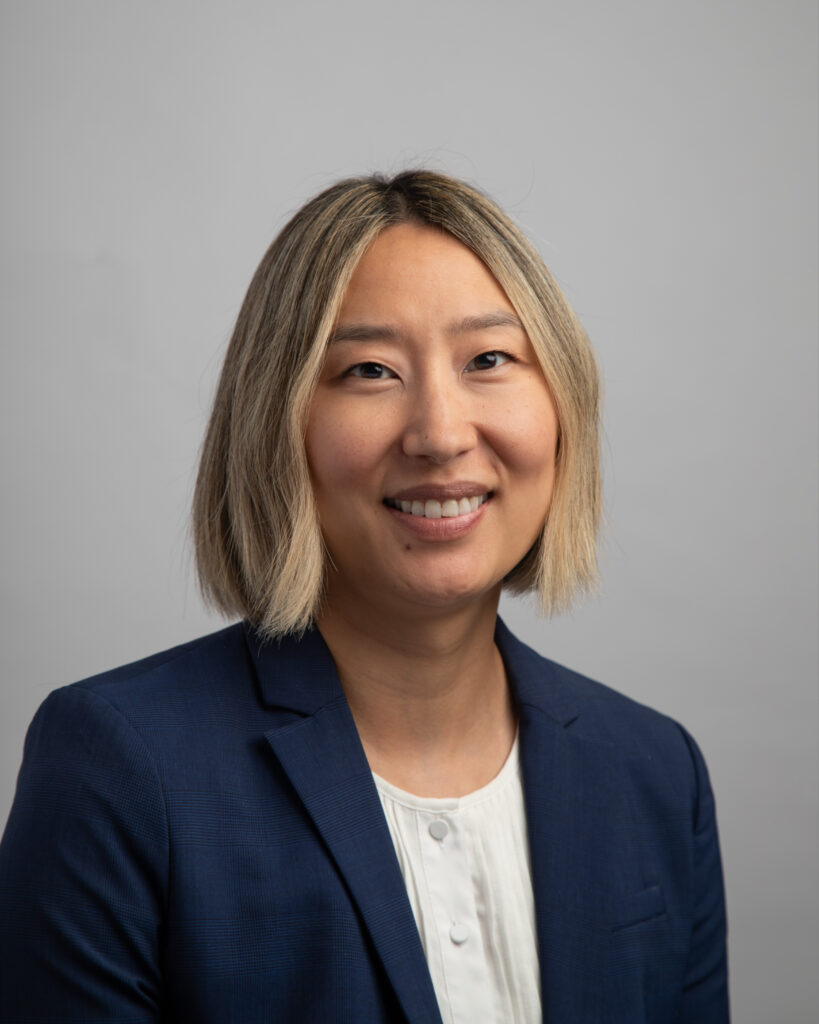
There are more rural hospitals in states without CON, Jaimie Cavanaugh of the Institute for Justice told Senate study committee members. Five states — Colorado, Montana, Oregon, Utah and Wyoming — without CON have had no rural hospital closings, Cavanaugh said. CON also keeps hospitals from growing. If you want to add services to a hospital, or bring other new medical innovations to an area, you have to get a Certificate of Need first, she said.
Atlanta health care attorney Barry Herrin has dealt with CON law for over 30 years. He has worked with doctors, hospitals, and other health care providers looking to build new facilities in Georgia, North Carolina, Florida, Mississippi, Louisiana, Alabama and Texas. Georgia has one of the most restrictive CON laws in the south, Herrin said.
Over the last decade, Herrin said he’s had “ three or four clients” who couldn’t build or expand in Georgia due to CON hurdles. They had projects ranging from ambulatory surgery centers, radiation therapy, facility expansions, a new specialized service or ownership change, which also requires getting a CON.
Georgia has 13 health care service delivery regions.
“The state decides what service delivery region you’re in,” Herrin explained. “If you’re in a region, and somebody in that region doesn’t like what you’re doing. They can object.”
Existing hospitals have been known to oppose proposals in their areas. The case may end up in litigation or the project is withdrawn or denied.
Georgia’s CON law has kept birthing centers, free-standing emergency departments, radiation therapy treatment centers and new hospitals from opening, experts said.
Florida, for instance, has gained 64 ambulatory surgery centers since it repealed its CON laws in 2019, Chris Denson of Georgia Public Policy Foundation noted. Ambulatory surgery centers are more economical in Georgia, Dr. John Gleason of Resurgence Orthopedics told the Senate committee.
“Certificate of Need has a negative effect on the quality of services simply because [CON] reduces competition between hospitals,” Stratmann said. “And less competition is often associated with lower quality of service and higher costs.”
Having access to a variety of health care options isn’t the only issue.
The Kaiser Family Foundation found states with CON laws had 11% higher health care costs than those without.
It stymies competition, says one rural politician who has tried to get a hospital in his community.
“We just don’t have any choice here and we have some of the highest health care costs in the nation,” Lee County Commission Chair Billy Mathis told State Affairs.
Lee County is among Georgia’s wealthiest counties, yet residents in this rural southwestern enclave have to travel to nearby Dougherty County to visit a hospital when they get sick or are in labor.
That trek is likely to continue for the foreseeable future for the county’s 33,000 residents. State regulators recently revoked Lee’s Certificate of Need after giving the county numerous extensions. The revocation essentially kills the county’s plans to build a 60-bed hospital, ending a five-year effort and $8 million court fight to make the proposed Lee County Medical Center a reality.
The ongoing legal feud over the proposed hospital delayed the ground-breaking and ultimately led to the project’s demise, Mathis said, adding, “Monopolies breed inefficiencies when you only have one hospital in the area,” Mathis said.
“We’re not going to give up. I’m always hopeful that the Georgia Legislature will come to their senses and either do away with the Certificate of Need laws or amend them so you don’t have to spend the first two or three or four years tied up in litigation,” said Mathis.
Some health care experts say expanding Medicaid would help alleviate the problems around CON and provide payment to rural hospitals that provide care to large numbers of uninsured and underinsured patients.
Georgia is among 10 states that have not expanded Medicaid, a possible solution to CON, some experts say.
More than 1 in 8 Georgians do not have health care coverage, according to Leah Chan, director of health justice at Georgia Budget and Policy Institute.
An estimated 1.3 million Georgians are uninsured, and Georgia’s uninsured rate of 13.7% is the third-highest in the nation. That rate is expected to climb to 1 in 4 uninsured Georgians in rural Georgia by 2026, GBPI said.
“The geographic burden is heaviest on Georgians living in rural communities,” Chan said. “As a state, we cannot have honest conversations about ensuring Georgians have access to affordable, high-quality health care without talking about full Medicaid expansion.”
Data from states that expanded Medicaid showed the expansion helped stabilize finances for hospitals and providers, particularly in rural areas.

“Some of these rural hospitals that may be suffering would all of a sudden have access to a large influx of cash and [would] not have to be covering poor folks by eating the bills,” Charles Bullock, University of Georgia political science professor, told State Affairs. “The amount of money, which would be available immediately, is in the billions of dollars.”
Any further talks regarding CON must include Medicaid expansion, Chan said. “Wherever we land with CON, it is clear that keeping our rural communities healthy means fully expanding Medicaid,” she said.
Georgia has spent over $15.3 billion on Medicaid since 2018, Gov. Brian Kemp said in February.
“While the state spends more and more, Georgians aren’t seeing an improvement in care they receive,” the governor said. Instead of expanding the federal Medicaid program, Georgia has instituted a work-for-Medicaid program, which starts this month, for Georgians currently not in the program to qualify for health care.
In April, the Georgia Department of Community Health (DCH) announced final approval by the Centers for Medicare & Medicaid Services (CMS) of its revised Disproportionate Share Hospital (DSH) allocation methodology.

It’s part of a little-known federal Medicaid program, known as the “directed payment plan,” which will reallocate more than $100 million in Medicaid money from more prominent hospitals like Grady Memorial Hospital to the state’s 60 rural hospitals and 21 teaching hospitals.
“It has been the best-kept secret that is not a secret,” state Sen. Ben Watson, a Savannah-area physician who is a member of the Senate study committee, told State Affairs. “It is so beneficial to all the rural hospitals and all the teaching hospitals. So, instead of closing hospitals, this will keep hospitals open. This will make them profitable. The hospitals should do well, from that perspective; they won’t be struggling.”
What’s Next?
For now, the CON debate continues as the Legislature’s two study committees work to figure out a solution.
The Senate study committee will host hearings in Columbus on Aug. 15 and Savannah in October. The committee returns to Atlanta for the final report in November. The House study committee will meet July 13 in Atlanta.
“Everybody’s in agreement (CON) needs to be tweaked,” Watson said. “The question is, do we still need it or not?”

Certificate of Need: By the Numbers
States with CON laws: 35 plus Washington, D.C.
States that have repealed CON laws*: 12
States with CON laws that exclude rural facilities or don’t apply to hospitals: 9
States with vast rural areas that have ended CON programs entirely: 5
States that have had no rural hospital closures since 2005: 5
Rural hospitals that have closed in Georgia since 2005: 10
* 2022 data.
Source: National Conference of State Legislatures; Institute for Justice; Sheps Center at the University of North Carolina.
Have questions or comments about the Certificate of Need? Contact Tammy Joyner on Twitter @lvjoyner.
Twitter @StateAffairsGA
Facebook @stateaffairsUS
Instagram @stateaffairsGA
LinkedIn @stateaffairs
Header image: Fairview Park Hospital in Dublin, GA (Credit: Fairview Park Hospital)
Read more from our series on rural health care in Georgia.
And in case you missed it:
Professionals still face licensing delays amid state’s transition to online system
The Gist Georgia’s professionals and business owners are still struggling to obtain professional licenses in a timely manner. As the Secretary of State’s Office rolls out its new Georgia Online Application Licensing System to expedite the process, the efficiency of this new process is being put to the test. What’s Happening Thursday morning at the …
Controversy over AP African American Studies class grows
Rashad Brown has been teaching Advanced Placement African American Studies at Atlanta’s Maynard Jackson High School for three years. He’ll continue to do so — even though the state’s top education official removed it from the list of state-funded course offerings for the upcoming school year. While Brown prepares to start teaching his class on …
Students, teachers, lawmakers blast decision to end AP African American history classes
ATLANTA — A coalition of lawmakers, civil rights leaders, clergy, educators and students Wednesday called on the state’s education czar to rescind his decision to drop an advanced placement African American studies class from the state’s curriculum for the upcoming school year. “This decision is the latest attack in a long-running GOP assault on Georgia’s …
Kamala Harris’ presidential bid reinvigorates Georgia Democrats
Georgia Democrats have gained new momentum heading into the November election, propelled by President Joe Biden’s decision to bow out of his reelection bid and hand the reins to Vice President Kamala Harris. The historic decision, announced Sunday, is expected to prove pivotal in the national and state political arenas and breathe new life and …

